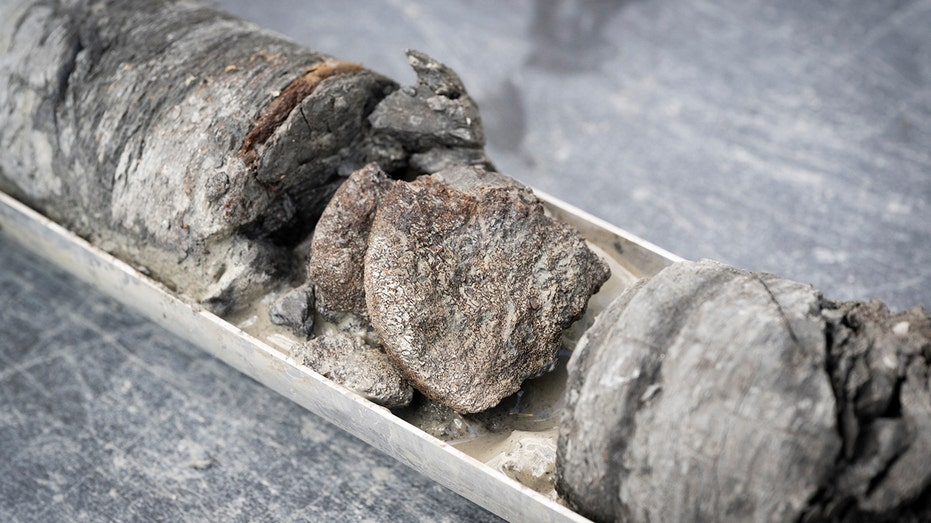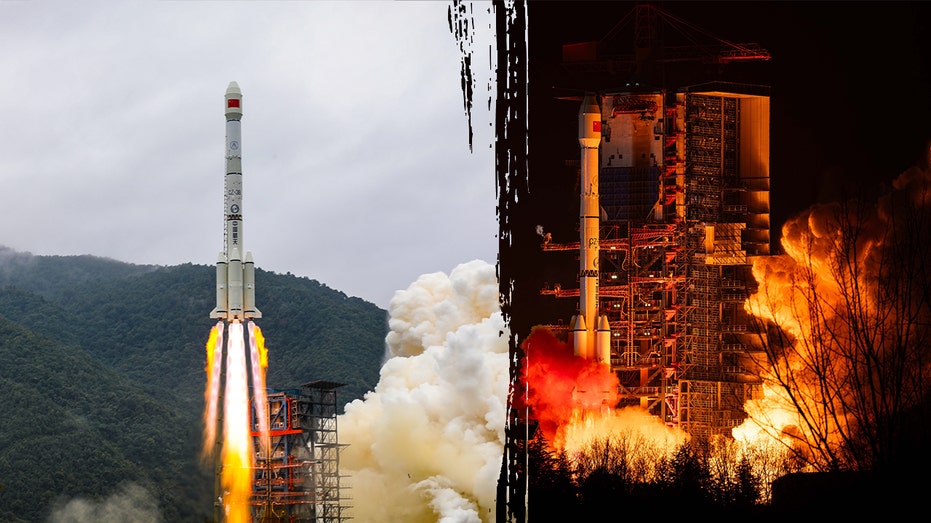Georgia Meteorite: A Window into the Solar System's Origins and Planetary Defense

Sarah Johnson
August 10, 2025
Brief
Analysis of the Georgia meteorite strike: insights into solar system origins, planetary defense, and the ongoing cosmic activity surrounding Earth.
Opening Analysis
The recent meteorite strike in Georgia, while seemingly a localized incident, offers a rare and valuable opportunity for scientists to study the building blocks of our solar system. This event underscores the ongoing need for planetary defense initiatives and provides a tangible reminder of the constant cosmic activity surrounding our planet.
The Bigger Picture
Meteorites have captivated human curiosity for centuries. Historically, they have been viewed as omens, both good and bad. Scientifically, they represent fragments of asteroids, comets, and even other planets, providing invaluable insights into the solar system's formation. The significance of these space rocks lies in their composition, which reflects the conditions present during the early solar system, approximately 4.56 billion years ago. The study of meteorites like the one found in Georgia allows scientists to analyze materials that predate Earth itself, essentially providing a time capsule from the universe's early days.
What This Really Means
The Georgia meteorite is more than just a space rock; it's a messenger from the past. Its composition can reveal information about the conditions that existed before the formation of planets, including the distribution of elements and the processes that led to the accretion of larger bodies. Understanding these processes is crucial for comprehending the formation of our own planet and the potential for the existence of other habitable worlds. The fact that it pierced through a home serves as a stark reminder of the constant bombardment Earth experiences from space, albeit usually with harmless small fragments. The composition may also hold secrets regarding the origin of water and other organic materials on Earth. The investigation into this meteorite offers a unique opportunity to analyze its structure and chemical makeup, contributing to our ongoing efforts to understand the formation and evolution of our solar system.
Expert Perspectives
Dr. Scott Harris, a geologist at the University of Georgia, highlights the importance of studying meteorites in the context of planetary defense. According to Dr. Lindley Johnson, NASA's former Planetary Defense Officer, "The ongoing search for near-Earth objects and the development of technologies to deflect potential impactors are critical for protecting our planet." Planetary scientists like Dr. Dante Lauretta, principal investigator of the OSIRIS-REx mission, emphasize the valuable information these objects provide regarding the early solar system. Studying meteorites allows us to test theories about planet formation and the delivery of volatile elements, such as water and organic compounds, to early Earth.
Data & Evidence
Statistics show that thousands of tons of space debris enter Earth's atmosphere annually. However, most of it burns up before reaching the surface. Only a small fraction, estimated to be a few hundred meteorites, are recovered each year. The size of the Georgia meteorite, described as "the size of a large cherry tomato," is fairly typical for recovered meteorites. Studies of recovered meteorites over the past decades indicate a varied composition ranging from iron-nickel alloys to stony materials. The isotopic ratios within these meteorites reveal their age and origin, aligning with the estimated age of the solar system (4.56 billion years). Analysis of the meteorite's trajectory can also provide valuable data, identifying the asteroid belt region between Mars and Jupiter as the likely source.
Looking Ahead
The Georgia meteorite incident reinforces the need for continued monitoring of near-Earth objects. While the threat from small meteorites is minimal, larger asteroids pose a significant risk. Future efforts should focus on enhancing detection capabilities to identify potentially hazardous objects years, or even decades, in advance. The success of missions like NASA's DART (Double Asteroid Redirection Test) demonstrates the feasibility of deflecting asteroids. However, continued research is crucial for developing more effective and versatile planetary defense strategies. Further analysis of the Georgia meteorite could also yield valuable insights into the composition of asteroids, informing future resource utilization missions.
The Bottom Line
The meteorite that struck a Georgia home is a valuable scientific treasure. Beyond its immediate impact, it serves as a reminder of the cosmic forces shaping our planet's history and future. Its analysis contributes valuable data to our understanding of the building blocks of our solar system, while the event itself highlights the importance of ongoing planetary defense efforts to protect Earth from potential asteroid impacts.
Topics
Editor's Comments
The Georgia meteorite event serves as a compelling reminder that Earth is not isolated from the cosmos. While the focus often lies on large-scale threats, even smaller events like this offer tremendous scientific value. It prompts us to consider not only the potential dangers but also the opportunities for groundbreaking discoveries that studying these cosmic remnants present. The composition of the meteorite might provide answers to fundamental questions about our planet's origins and the very building blocks of life. It also begs the question – are we, as a society, investing enough in planetary defense and research into near-Earth objects? The potential cost of inaction far outweighs the investment required to monitor and mitigate the risks, and this event should serve as a call to action for greater international collaboration and funding in this crucial field.
Like this article? Share it with your friends!
If you find this article interesting, feel free to share it with your friends!
Thank you for your support! Sharing is the greatest encouragement for us.






